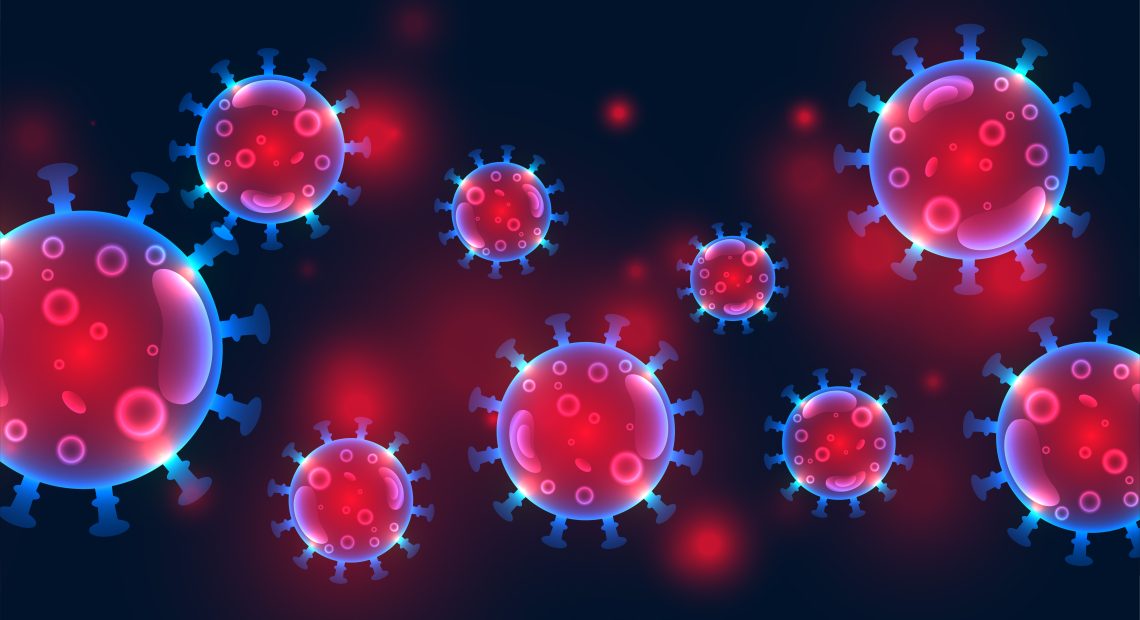
India’s COVID Surge: Active Cases Rise to 7,400
India is witnessing a fresh surge in COVID-19 cases, with active infections rising to 7,400 as of the latest update. The Health Ministry confirmed 269 new cases and nine deaths in the last 24 hours, signaling a renewed need for vigilance. The sudden uptick is being linked to the spread of newer subvariants of the Omicron strain, which have so far shown mild symptoms but high transmission potential.
Active Cases See Sharp Climb
The number of active cases, which stood at 5,755 on June 7, has risen significantly within a week. This marks a reversal in the declining trend India had maintained for months. The spread is driven largely by emerging subvariants like LF.7, XFG, JN.1, and NB.1.8.1, which have been detected across multiple states. While hospitalizations remain low, public health authorities are on high alert.
State-Wise Case Distribution
Among Indian states, Karnataka saw the steepest spike, reporting 132 new active cases in a single day. Its total active caseload now stands at 527. However, Kerala remains the state with the highest number of active cases at 2,109, followed by Gujarat with 1,437 cases. Maharashtra and Kerala also reported the most fatalities during the 24-hour window—four and three respectively. Tamil Nadu and Rajasthan each reported one death.
Other states such as Madhya Pradesh, Delhi, and Punjab reported modest increases, while some northeastern states continue to report negligible or no active cases. Despite the upward trend, several regions have shown stability, notably Andhra Pradesh, which currently has just 72 active cases and has not recorded a COVID-related death since January.
Subvariants and Symptoms Trigger Advisory
Health experts have flagged newer subvariants like XFG and NB.1.8.1 as drivers of this surge. These strains are reportedly causing mild to moderate symptoms, primarily fever, fatigue, dry cough, and sore throat. Medical professionals have advised people to avoid self-medication and seek testing if symptoms persist or worsen. Crucially, the symptom profile continues to overlap with the seasonal flu, making testing essential for accurate diagnosis.
Government’s Response and Public Advisory
The Ministry of Health and Family Welfare has reiterated the importance of COVID-appropriate behaviour, especially in public and enclosed spaces. Masking is being recommended in crowded areas, and those experiencing symptoms are being advised to isolate and get tested promptly. The government is also enhancing genome sequencing and local-level surveillance to monitor variant evolution and control community spread.
Healthcare facilities across several states have been placed on alert, with instructions issued to ensure oxygen supply readiness and availability of isolation wards should the situation escalate further. Vaccination rates have remained stable, though booster coverage still lags behind in several districts.


















